How Do Local Certified Arborists Assess Tree Health?
Trees are more than just aesthetic additions to a landscape: they provide shade, improve air quality, and enhance property value. Ensuring their health and safety requires specialized knowledge, which is where a certified arborist comes in. These professionals are trained to evaluate trees, identify potential hazards, and recommend appropriate care. Knowing how a local certified arborist assesses tree health can help homeowners and property managers make informed decisions for their landscapes.
Visual Inspection of Leaves, Branches, and Bark
One of the first steps a local certified arborist takes is a detailed visual inspection. They examine leaves for discoloration, wilting, or premature drop, and check branches and bark for cracks, cavities, or fungal growth. These signs often indicate disease, pest infestations, or environmental stress. Many pests and fungal issues can compromise tree health and spread to nearby plants. Subtle symptoms may go unnoticed by the untrained eye, making professional evaluation essential for early detection and intervention.
Structural Assessment and Growth Analysis
Beyond surface observations, arborists evaluate the tree’s overall structure. They check branch unions, canopy density, and any leaning that could indicate instability. For example, according to Forbes, a tree leaning more than 15% should be removed to prevent safety hazards. Weak or poorly formed branches, decay, or uneven growth patterns can pose risks to property and people. This careful structural assessment helps determine whether pruning, bracing, or removal is necessary.
Root and Soil Evaluation
A tree’s health relies heavily on its root system and soil conditions. Arborists assess root flare, root spread, and surrounding soil for compaction, poor drainage, or damage from nearby construction. Signs like leaning trees or heaving sidewalks can indicate root instability. Proper evaluation allows arborists to recommend solutions such as mulching, aeration, or selective root pruning to maintain a strong, healthy foundation.
Ongoing Observation and Preventive Maintenance
Regular monitoring is key to maintaining tree health. Arborists track changes in leaf color, branch dieback, and overall growth patterns over time. Routine pruning, removal of dead or diseased branches, and seasonal inspections help prevent small issues from becoming major problems. This proactive approach ensures trees remain healthy, stable, and safe for people and property.
Assessing tree health is a complex process that requires expertise, careful observation, and specialized tools. A certified arborist provides invaluable guidance, helping property owners maintain vibrant, safe, and structurally sound trees.
Protect the health and safety of your trees by contacting Huffman Tree Company today. Our experienced local certified arborist team is ready to provide expert assessments and care for your property’s trees.
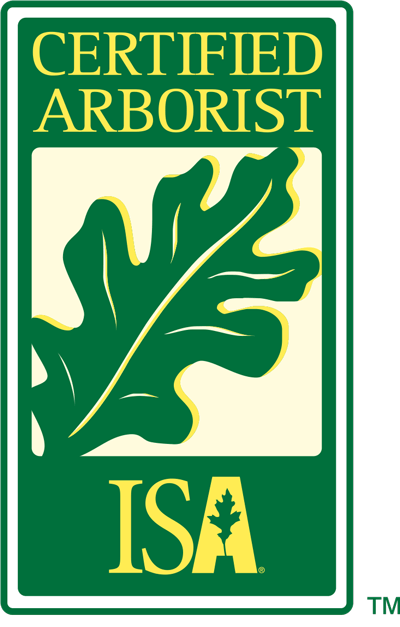

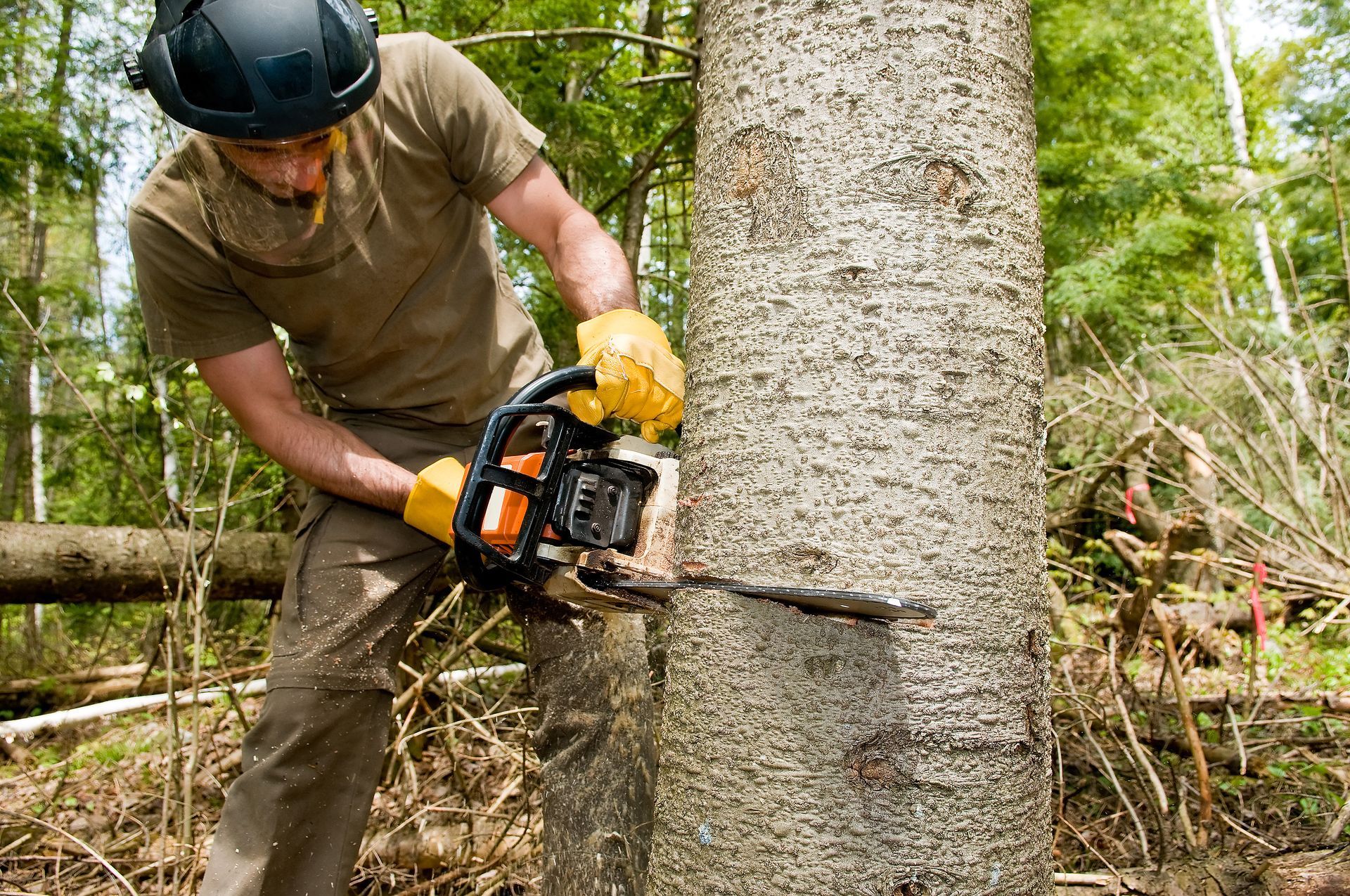
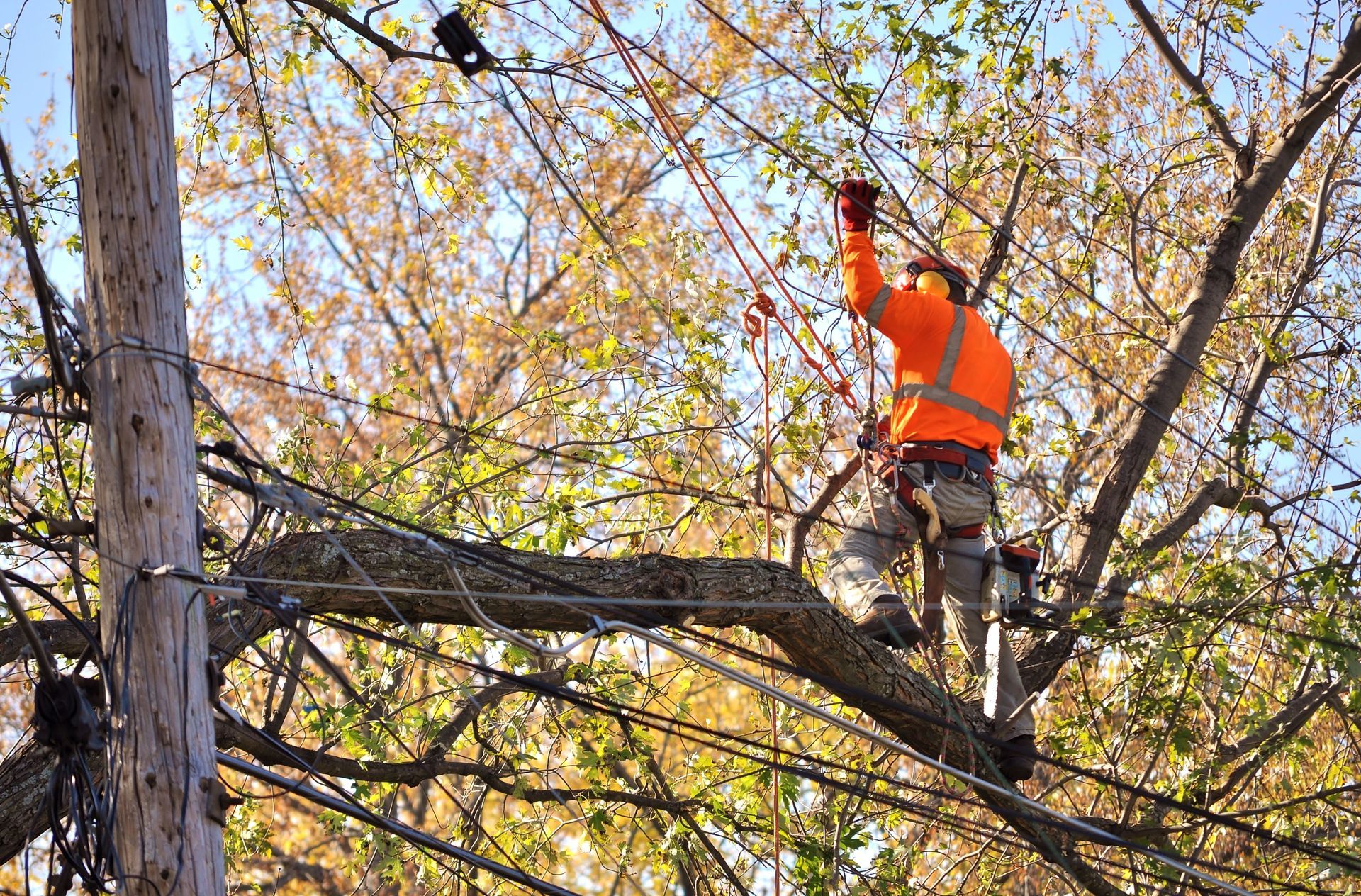
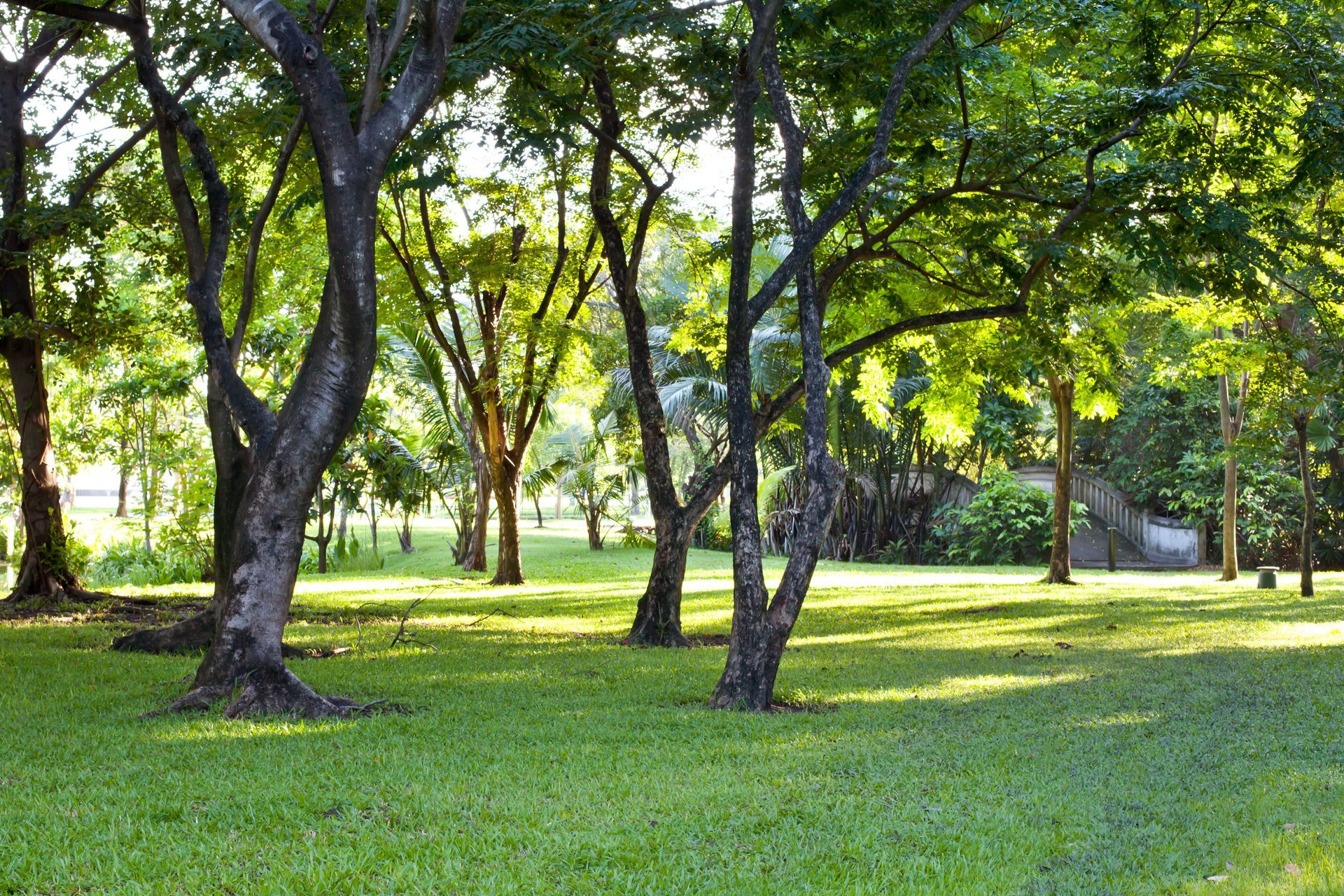
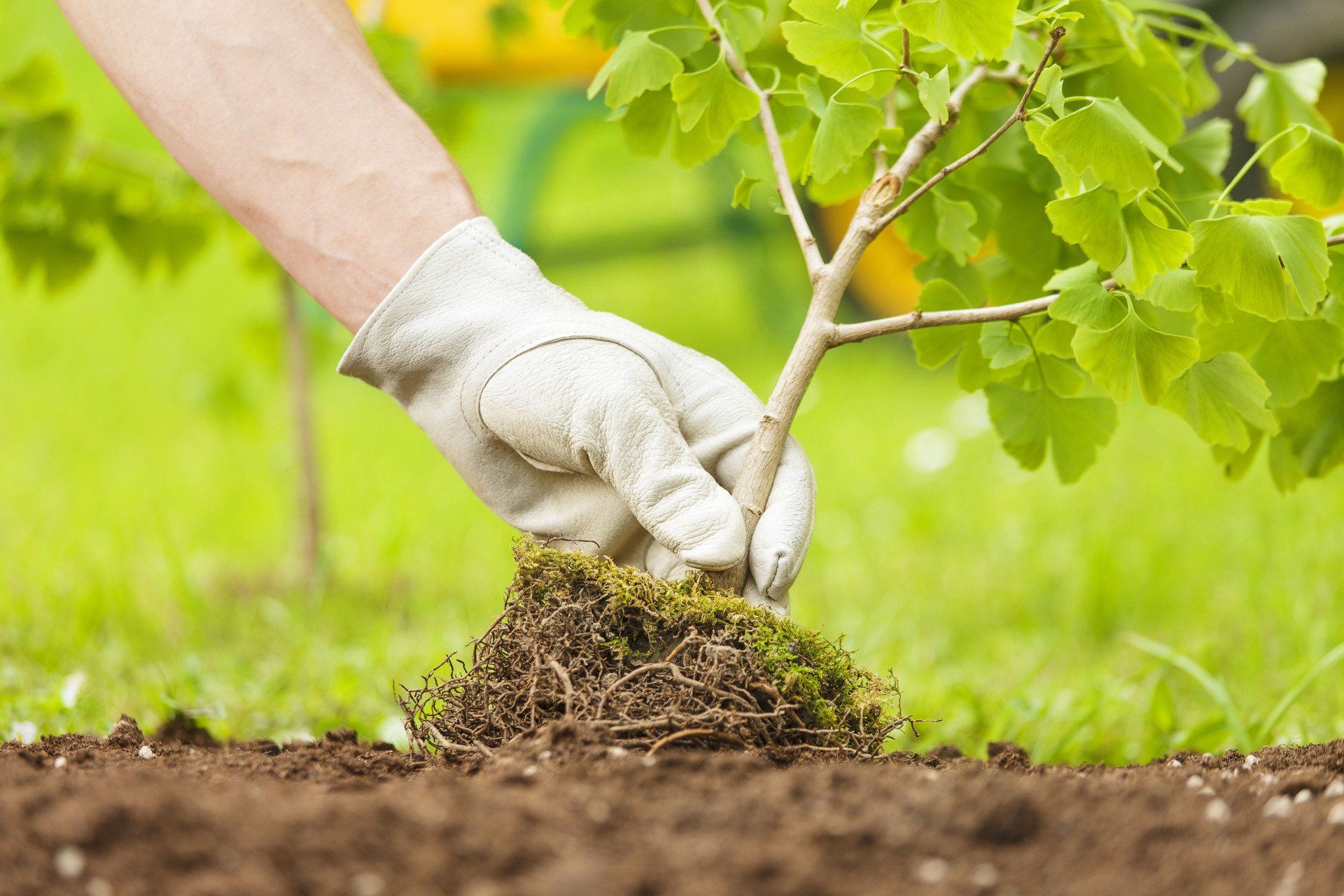
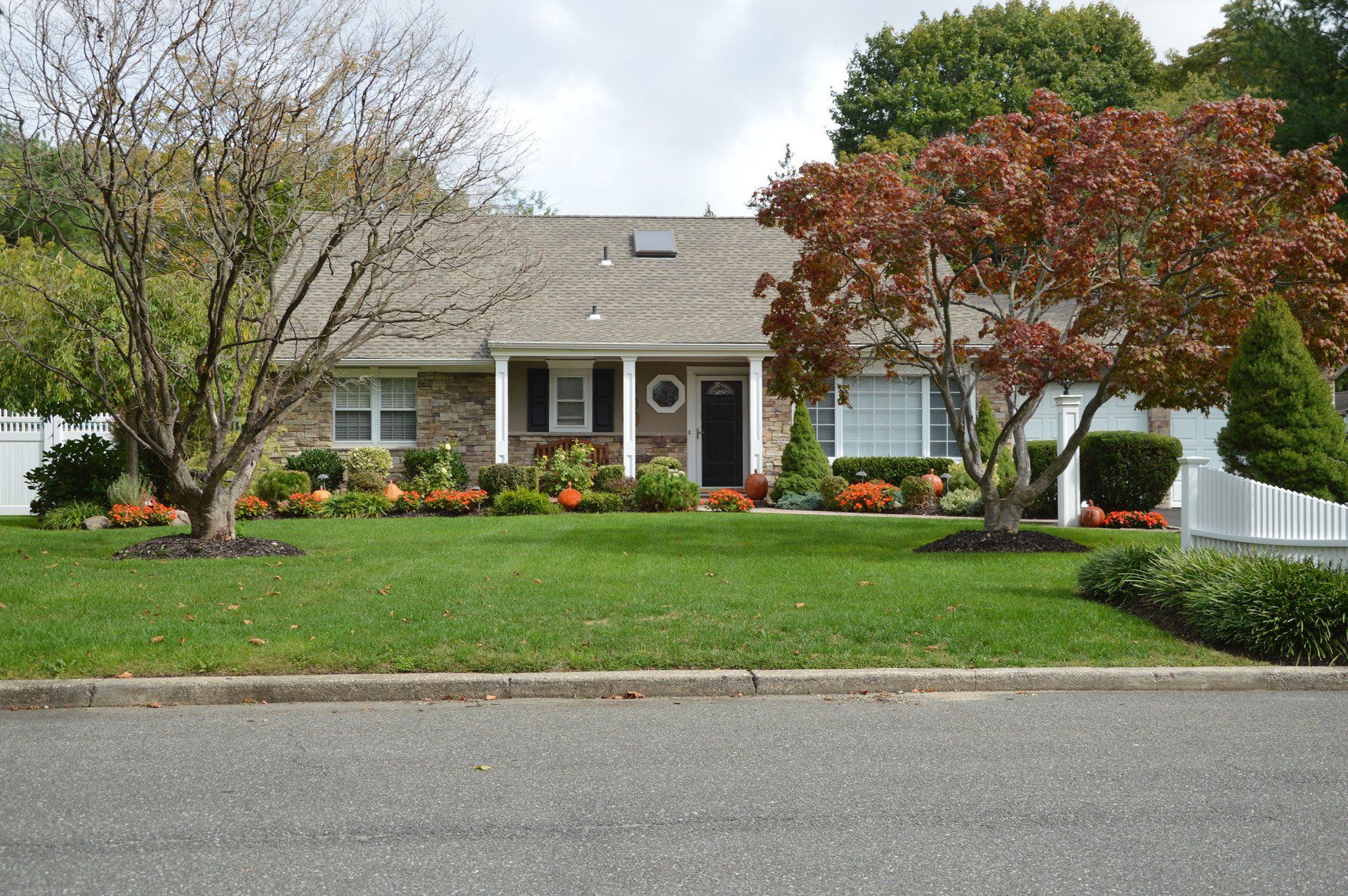
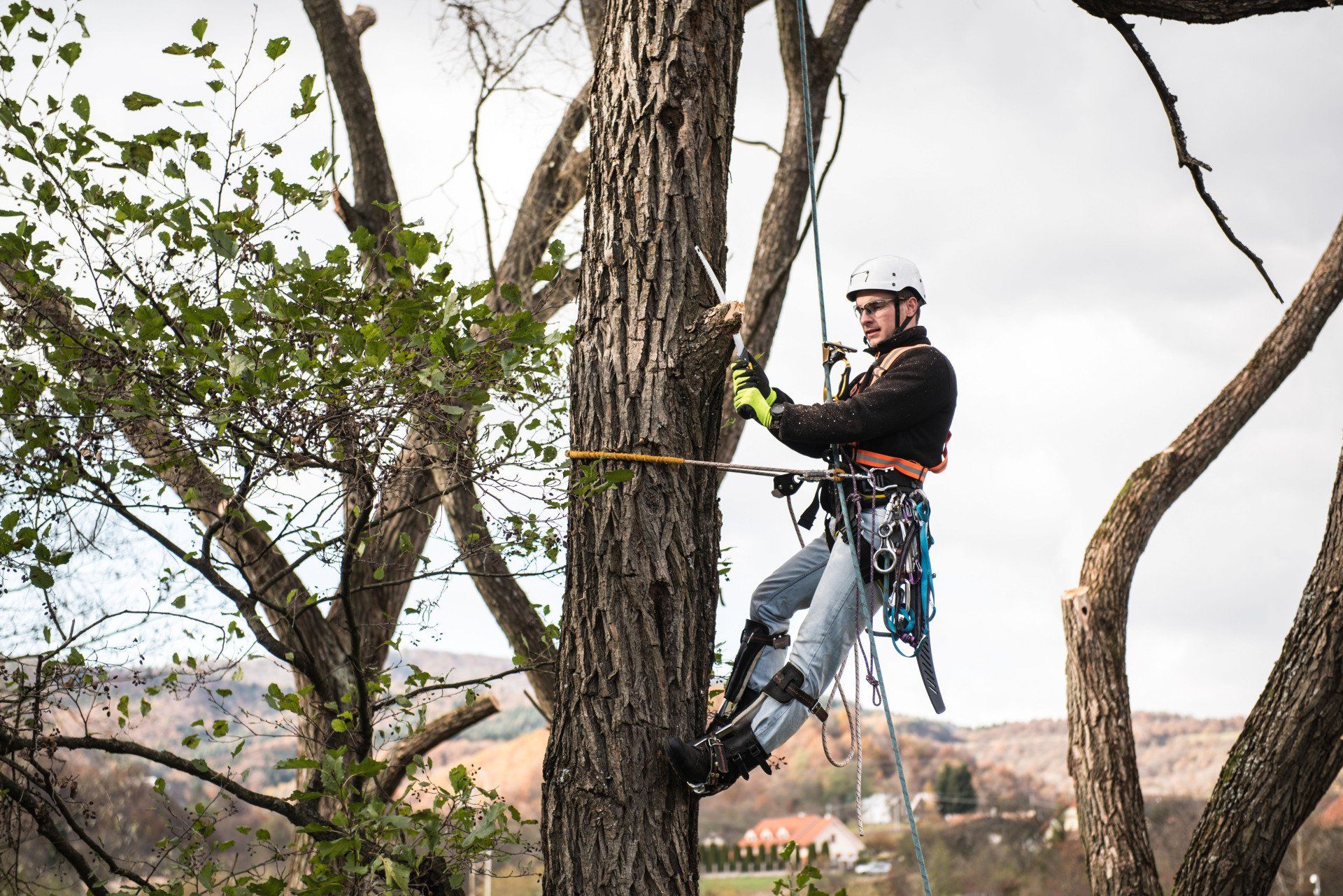

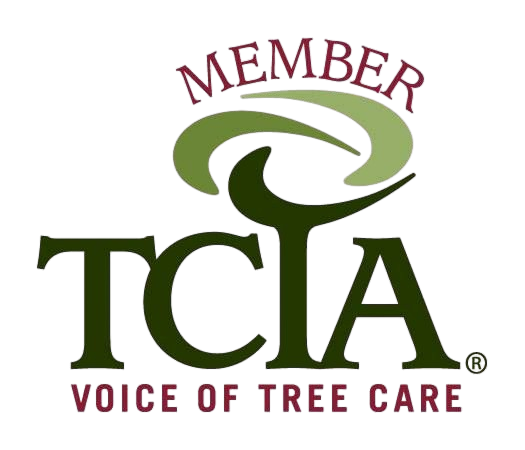
Share On: